The Garden Space
I conceive of my inside self as a garden.

The summer I turned fourteen I found self exploration waiting for me in a red and white speckled notebook. I named the notebook Thesilina. I was living with my father in Colorado in an old house in Lakewood and enjoyed the last bits of childhood elongating and ripening into something deeper and sweeter, more graceful. I cannot express how deeply in community I was with that space. The house was built in the 1950s and facing what was essentially a mild Colorado wood. One of the neighbors left their Christmas lights up all year round and lit them every single night. There was a cooky old white man as the next door neighbor who wandered in and spoke with us about whatever time his dementia settled him in that day. Foxes raised their young in the abandoned shed across the school— you could always see the babies playing with each other at sunset. It was a place to grow unencumbered; daylight stretched until 10pm and so did I.
Every day, one of my chores was to water the foliage in the backyard. I was not a stranger to dirt. This is not the story of a city kid who encountered soil for the first time one summer with her estranged father. I grew up gardening with my grandmother, who grew up gardening with hers. I did most of my reading in trees as it was. Soil in my hands has always felt like a grand return to self. This particular summer, I spent a lot of time that summer toting a watering can. I could see bits of myself in the foliage of the home the longer we spent looking at each other. When I reached inside myself one day and pulled out something to put on a page, I found bright green raspberry leaves. Who was surprised? They were just like me, the way they hung to themselves until the good, thick ongoings of July. I thought the fruits were so silly. They hid under big bright leaves but couldn’t resist growing so good and so ripe and so heavy they would bend the whole plant and give themselves away. Raspberry juice tasted just like me. It was the first time I had ever experienced watching myself bloom in real time.
I went inside myself and felt found. The first touch of my own earth humming hello under my bare toes. I had a garden space. How wonderful. “This makes sense,” I thought. “The earth is everywhere.”
What I did not account for was the entire ecosystem that lay within myself. I get stuck in my hubris; I thought I knew myself. I thought the process of exploration meant understanding and assessing my mental real estate— thought it possible to know myself better than anyone else did. The reality of my own self-discovery is that it is impossible to know myself in my entirety. Here is, in no particular order, things I have learned about the components of my garden.
There are many things grow on my own, happily within my control. This is the regular way we imagine gardens: a teeny little plot of tilled soil, ready to receive whatever we envision. I grow whatever I please. I feel like this is easy to imagine.
There are some little plants that don’t come from me; maybe other people, other plants, other times. Some things of beauty were growing here before I saw this place. Some things I plant don’t grow no matter how I try. I am allowed to engage with these elements grow them as much I can, or as much as I want to, or as much as I don’t want to. But the earth is the earth. The nature of earth is cooperative, not indebted or controlled. I do have to contend with what I am given, regardless of whether it is convenient for me. I was already this person before I learned to pay attention to myself.
There are many things that are not my garden but are here in full effect nonetheless.
I spoke a little bit about an element I am not able to control, which were romantic feelings. I compared and contrasted the difference for me between romantic and platonic feelings as they grow, in that romantic feelings are plants that will root, bloom, and die without the ever having to touch them, whereas platonic feelings are quite frost hardy but will not grow unless doted on. In fact, all emotions in my garden space are involuntary. They can push through the crest of me like tulips, flit through my foliage like a hummingbird. They can move through me as the wind and rustle. Emotions are meant to be felt, not controlled. I am not tasked to control, coerce, or capture the wind; I am tasked with growing to withstand it. Emotions are meant to be felt and not forced. I cannot force hummingbirds to appear to delight me, but I can place bird bards and nectar feeders out to entice them to come around more. The garden space teaches me about reciprocity and patience and the goodness of the two in tandem.
There is, finally, the unknown. The more I see about my internal self, the more I see. I did not see at first the big valley I was in, like a crater the belly of a great beast makes. I hear water running somewhere and cannot place it. I only realized there were mountains to the north and west of my little garden in my first college. I am only now beginning to climb these mountains. The more I see, the more I see. I don’t think I will ever see everything.

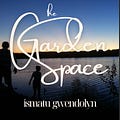
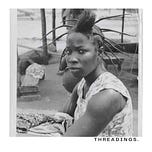


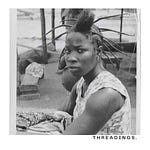

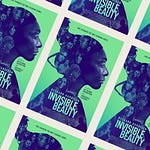



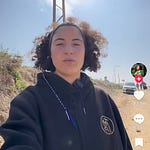

1| The Garden Space: an Introduction